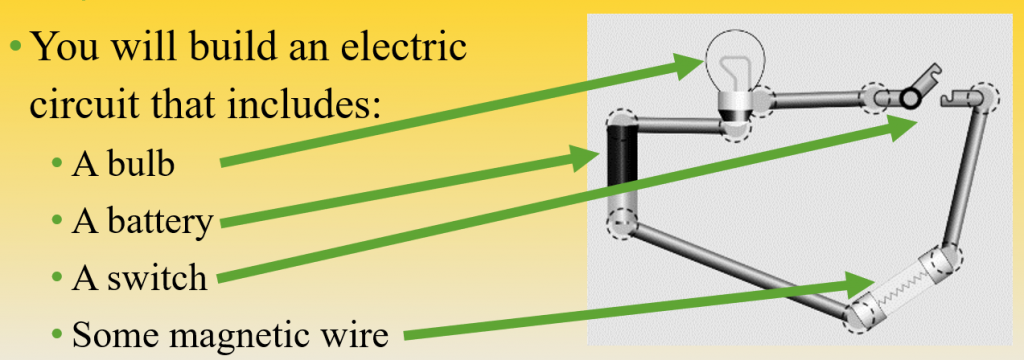Force diagrams, or Free Body Diagrams, are sketches we use in physics to show forces applied to an object or system of objects.
Here are a couple of videos I created to help walk you through some complicated problems. I encourage you to pause them as you go through and see if you can determine the ‘next move.’
Problem A
A 13 kg block of wood slides across the floor with constant speed when it is pulled with a horizontal force of 32 N. What is the friction constant, µ, between the wood and the floor?
Problem B
A block is sliding up a wall with a constant velocity, and a force applied upwards at an angle. Here is a sketch:



